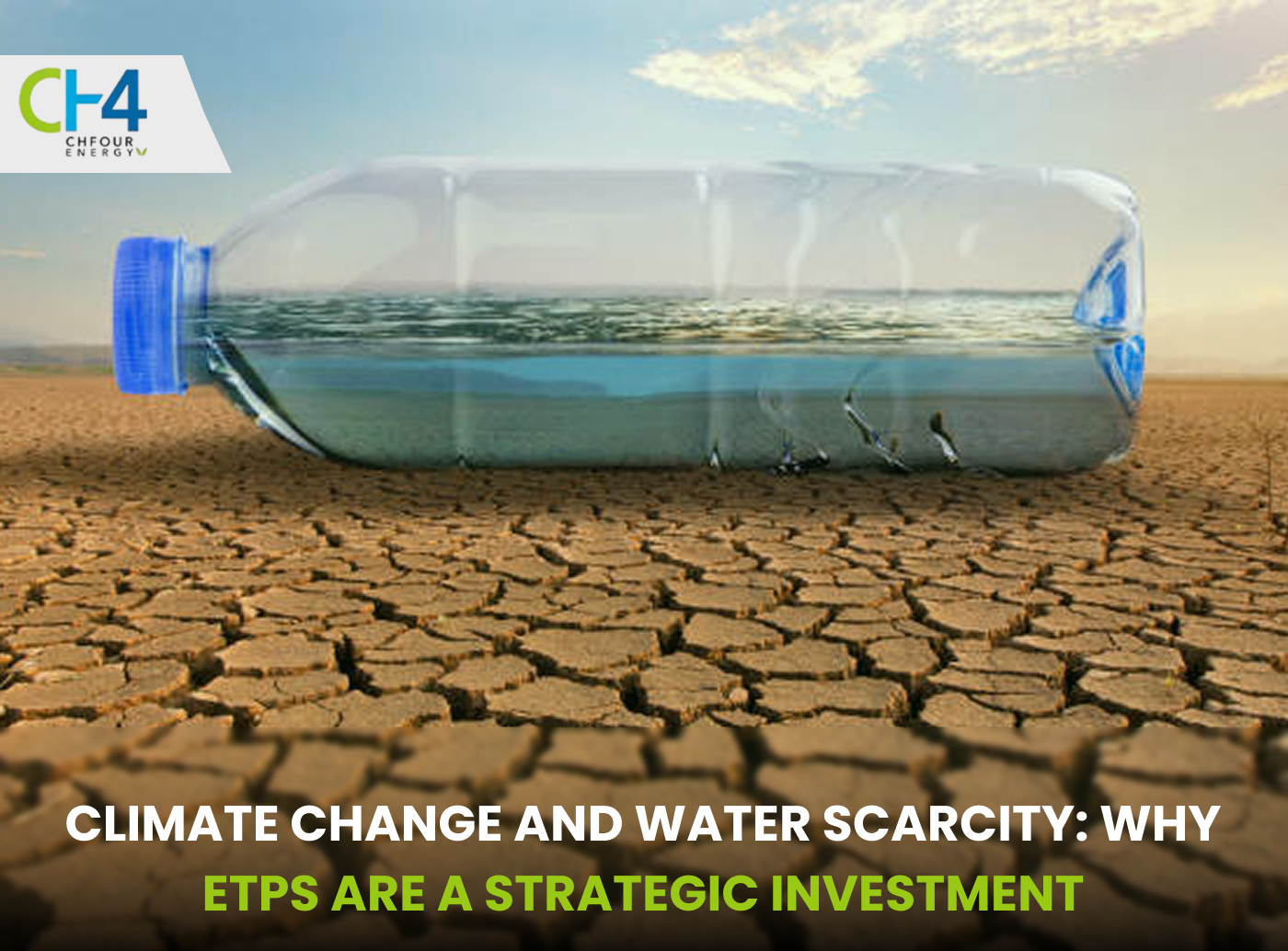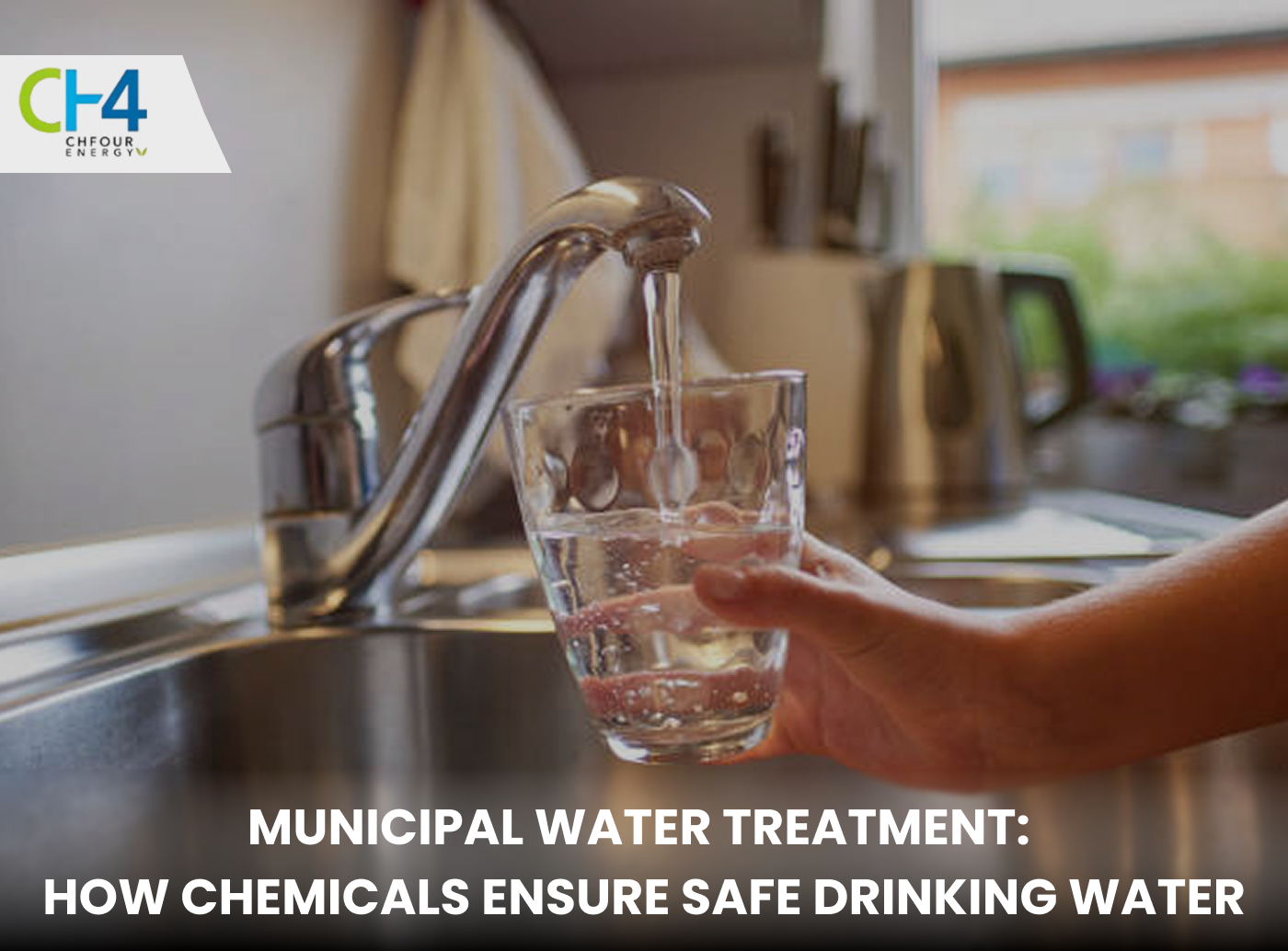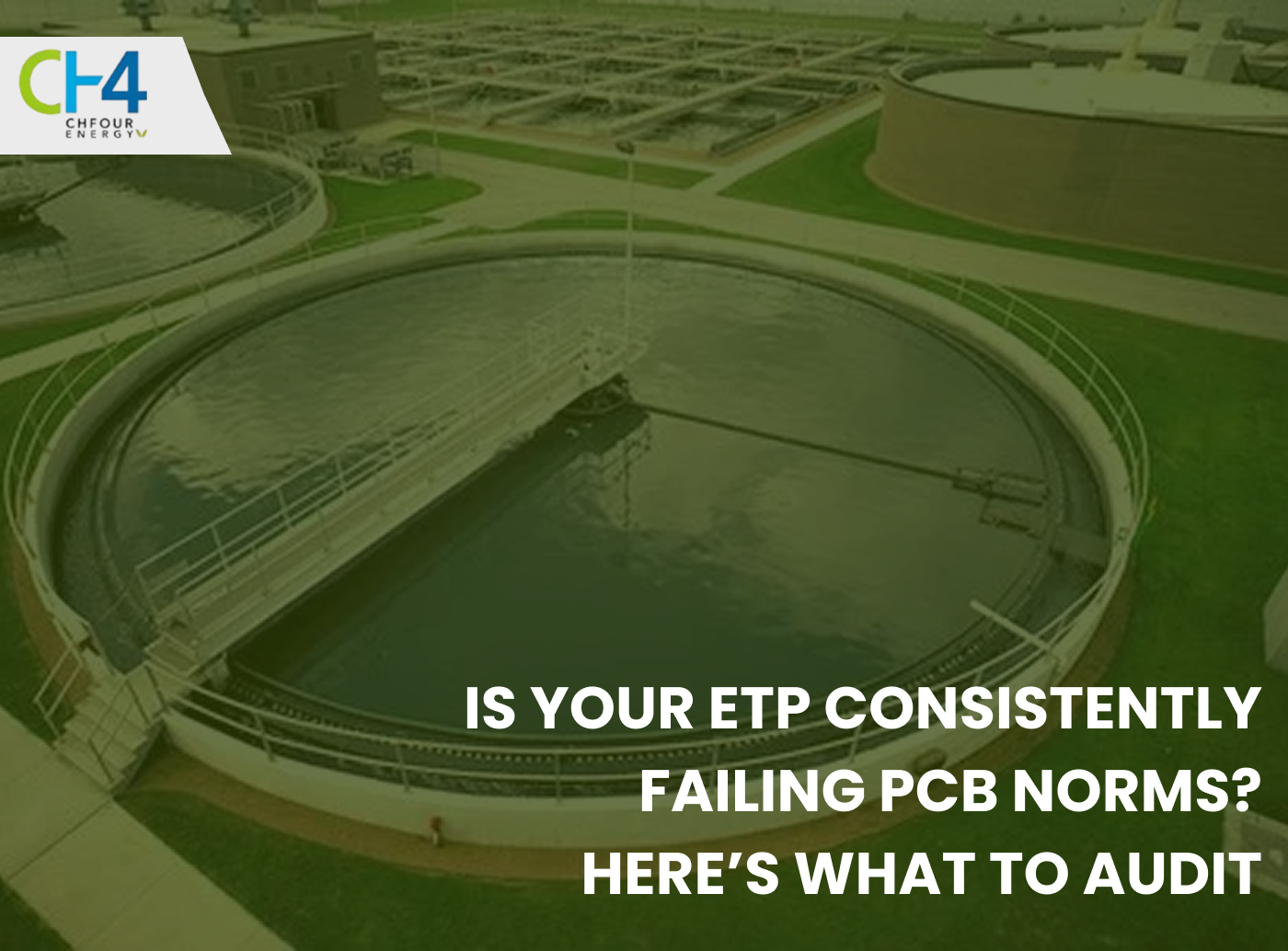Treating effluent waste is as critical as treating sewage. But both these types of waste are fundamentally different. Thus, the plants that treat them – effluent treatment plants and sewage treatment plants also differ. Both contribute to the environment’s well-being by treating waste. But yet, they have basic differences. So, let’s look at some differences between STPs and ETPs.
Difference Between Sewage and Effluent
Let’s start with effluents. Effluent is waste released from industries, factories, etc. They are different from domestic waste as they contain a higher number, degree, concentration of chemicals, etc.
Effluents are the result of various industrial processes. Releasing such toxic waste without treating it can contaminate the environment and the water bodies in which they are discharged. ETPs play an essential role as they treat such waste.
Now, what is sewage? Sewage is wastewater, the source of which is dirty water, fecal material, etc., released from homes, schools, colleges, etc. This wastewater flows through sewers. It is often a mix of chemical material and toxic waste.
We cannot let this be released into the environment without treatment. STPs can help you treat sewage water and reuse it for gardening after secondary treatment.
5 Differences Between Sewage Treatment Plants and Effluent Treatment
| Parameter | Sewage Treatment Plant | Effluent Treatment Plant |
| Treatment Base | STPs treatment sewage from homes, schools, etc. In other words, sewage treatment plants treat domestic waste. | ETPs treat effluent waste resulting from various industrial processes involved in the textile, chemical, pharmaceutical, etc. industry. |
| Location | STPs could be built in residential areas or within city limits. | ETPs are situated within the respective factor’s premises. |
| Application | STPs are used by residential societies and commercial complexes. | Effluent treatment plants are used by industries and factories. |
| Mechanisms | STPs usually have less complex mechanisms as they deal with organic waste. They use aerobic bacteria to break down waste and screen out solid waste. | ETPs are relatively complex, as they treat toxic waste and chemicals. Leaving such waste untreated can have a detrimental effect on the local environment. |
Working Mechanism of Sewage Treatment Plant and Effluent Treatment Plant
Let’s overview the process of STP and ETP.
Sewage Treatment Plant
- STPs separate waste from sewage to usable, safe water
- The sewage is kept for an extended period in the tank
- The solids in the sewage settle at the tank’s bottom
- Liquid wastewater separates and moves to the next stage of cleaning
- STPs put water in a tank and allow adequate airflow
- Water waste gets separated by the bacteria to make water safe to release
- Wastewater gets screened to separate the remaining solid material
Effluent Treatment Plant
First, visible solid and visible waste and dust and debris are removed
- Contaminants are clumped together with the help of coagulants
- The clumped impurities then sink to the tank’s bottom
- Wastewater is also taken to a tank where bacteria grow in abundance
- The contaminants are broken down by bacteria during this stage
- Now, ETP cleanses the water
- Activated carbons help capture heavy metals and chemicals
Need the best sewage treatment plant or effluent treatment plant? Connect with CHFour. We manufacture, operate, and maintain STPs and ETPs for a range of applications. Connect with us at +91 8055573883 to know more.






